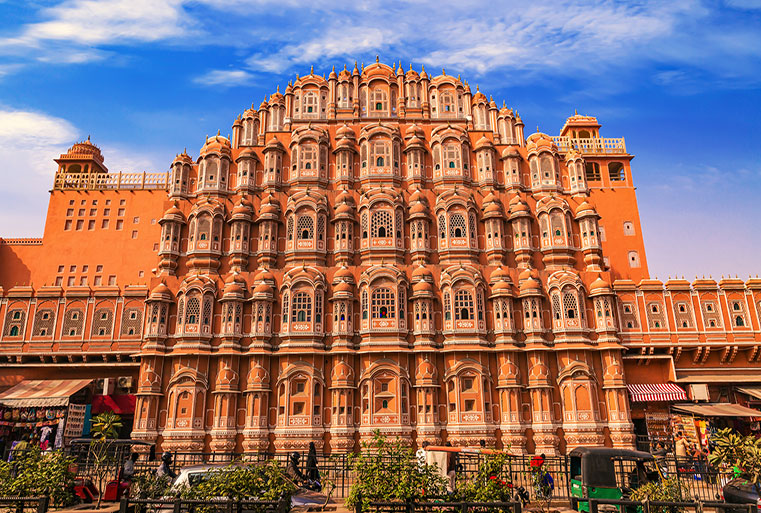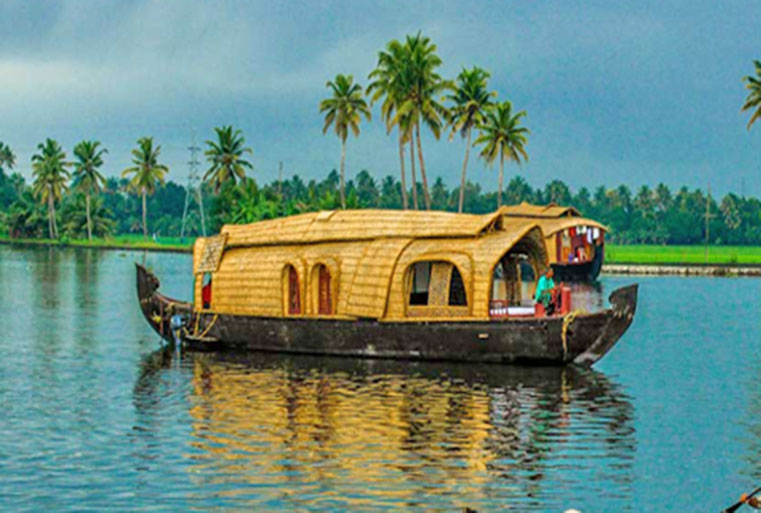Experience India’s rich cultural heritage reflected in it’s ornate palaces scattered throughout the country, some still in pristine condition, replete with royal descendants and tradition.
Destination : Bengaluru, Srirangapatana, Mysore, Somnathpur, Hassan, Hospet, Hampi, Hospet, Badami, Goa,Pattadakkal Temple, Aihole Temple,
Duration : 14 Days.
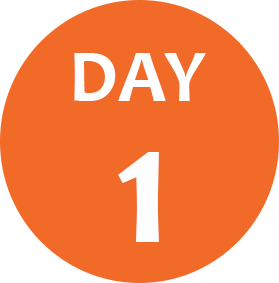
Arrive Bengaluru
Upon arrival, after clearing immigration and custom, you will be met and transferred to your hotel. (Check-in at 1200hrs)
Overnight at hotel

Bengaluru / Srirangapatana / Mysore (135kms / 3hrs 30mins approx)
Following breakfast visit Bangalore City: Bangalore includes Vidhana Soudha granite structure, Government chambers using colonial designs, the famous landmark. Cubbon Park Tipu Sultan’s Palace, Lal Bagh Gardens: this 240 acre expanse of greenery forms one of India’s most beautiful botanical gardens, the credit of which goes to the rulers Hyder Ali and his son Tipu Sultan, who laid out an 18th century paradise with rare trees brought from far off Persia, Afghanistan and France. After visit drive to Mysore en-route visit Srirangapatanam. Which lies within the portals of the Dariya Daulat. (Splendour of sea) once his summer place and later appropriated by Arthur Wellesley. Constructed mainly in wood, the structure rests on a vast plinth. The walls and ceilings are elaborately painted. The murals on the outer walls depict scenes from Tipu’s wars while the interior walls are ornately painted with abstract designs and floral motifs.

Mysore / Somnathpur / Mysore
Following breakfast excursion to Somnathpur:
Situated in the unobtrusive village of
ITINERARY DECCAN HERITAGE WITH GOA Somnathpur, 35 km from Mysore, the exquisitely carved, star-shaped temple with triple towers is a perfect example of Hoysala architecture. The friezes on its outer walls with their intricately carved rows of caparisoned elephants, charging horsemen, bird Somnathpur: s and beasts of mythology, will leave you spellbound. The beautifully sculpted images of gods and goddesses and scenes from the epics along with the remarkably ornate ceilings in the pillared hall are as entrancing. Afternoon visit Mysore : This salubrious and charming city lies 770-m above sea level is an easy-going city famous for its silk and is also a thriving sandalwood and incense centre. The city is steeped in history. The Mysore Palace, built in Indo – Saracenic style is one of the largest and most brilliant palaces in India. It’s a kaleidoscope of stained glass, mirrors, gilt and colours. There are beautiful carved wooden doors, mosaic floors, as well as exquisite paintings. Halfway up the Chamundi Hill is the Nandi Bull, a 4.8 m monolith. It was carved out of solid rock and is one of the largest in India. Hordes of pilgrims come here throughout the year. Right on top, is the 2000-year-old Chamundeswari Temple. The temple provides atypical festive atmosphere without overwhelming religious overtures. Mysore Garden.
Overnight at hotel

Mysore/ Hassan (113kms / 3hrs approx)
Following breakfast drive to Hassan-route visit Shravanabelagola is a very important tourist Destinations in India and is reputed for the number of tourist attractions like the Gomateshwara Temple, which is a renowned tourist spot in India. The foot of the Vindhyagiri Hills is the residence of the 1000 year old statue of Lord Gomateshwara. It is considered to be the world’s largest statue. It was constructed by Chamundaraya who was the general king under Gangaraya. The base of the statue has several inscriptions written in the Kanadian language. More than 800 inscriptions relating to Shravanabelagola have been discovered in the same site. These inscriptions cite the history of the Gangas, Rashtrakutas, Hoysala and the Vijaynagar Empire. Shravanabelagola is the place where we can also come across the famous Bhattaraka Math. It belongs to the custom of the Monasteries. Every year a ceremony named the Mahamastakabhisheka is performed in Shravanabelagola.
After visit continue drive to Hassan Upon arrival, check in to your hotel.
Overnight at hotel
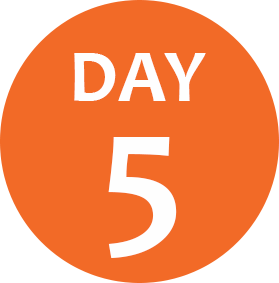
Hassan / Hospet (325kms /6hrs approx)
Following breakfast, excursion to Belur & Halebid
Belur: The Channekeshava Temple at Belur is the only one at the three major Hoysala sites still in use. Begun in 1116 to commemorate the Hoysala’s victory over the Cholas at Talakad, it was worked on for over a century. Its exterior is not, in the lower friezes, as extensively sculptured as the other Hoysala temples, but the work higher up on the walls is unsurpassed in details and artistry. Particularly interesting are angled bracket figures depicting female figures dancing or in ritual poses. Much decorative work can also be found on the internal supporting pillars and lintels. It is said that every major Hindu deity is represented here. The temple, which is enclosed in a paved compound, includes a well and also a bathing tank. The temple’s 14th-century seven-story gopuram has also sensul sculptures explicitly portraying the apres-temple activities of dancing girls. Halebid: Construction of the Hoyasleswara Temple at Halebid began around 1121.Despite more than 80 years of labour, it was never completed. Neverthless, it is easily the most outstanding example of Hoysala art. Every centimetre of the outside walls and much of the interior is covered with an endless variety of Hindu deities, sages, stylised animals and birds, and frienzes depicting the life of the Hoysala rules. The temple is set in a well-tended garden, and there a small museum adjacent to it housing a collection of sculptures. After visit, drive to Hospet Upon arrival, check in to your hotel.
Overnight at hotel
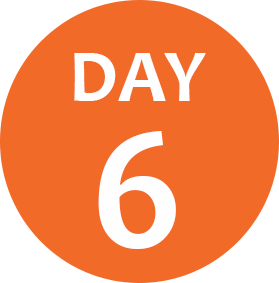
Hospet /Hampi/Hospet
Following breakfast, full day excursion to Hampi: Straight east of Goa. Hindu capital in 15th and 16th centuries. Hampi – a UNESCO world heritage site – is the most beautiful and evocative of all the ruins in Karnataka. The Tungabhadra river flows through Hampi, on the banks of which, it is said, the Goddess Hampi (Parvati) attained Lord Shiva. The erstwhile capital of the Vijayanagar kingdom, Hampi is full of delightful surprises. In the 13th century, the markets here overflowed with luxuriant silks, brilliant diamonds, rubies and emeralds. The King’s Balance, where kings were weighed against grain, gold or money, which was subsequently distributed to the poor, the Queen’s Bath, open to the sky, surrounded by a moat, with its arched corridors, projecting balconies and lotus-shaped fountains, that once spouted perfumed water, and the fascinating two storeyed Lotus Mahal, adorned with recessed archways, are some of the major attractions of Hampi.
Overnight at hotel

Hospet / Pattadakkal Temple / Aihole Temple / Badami (130kms / 4hrs approx)
Following breakfast, drive to Badami. En-route visit Pattadakkal & Aihole Pattadakkal: Delicately chiselled, rich in detail, the Papanatha, Virupaksha and Mallikarjuna temples are examples of the Chalukyan sculptural art. The brick pillared mandapa (3-4 century) in front of the Sangameswara Temple. The latest (9 century AD) is a Jain Temple from the Rashtrakuta period. A 2.6 m high Nandi in deep green stone, covered in a red floral cape, sits in front of the Virupaksha. This temple is still used for worship.
Aihole: The temple of durga and close to this is the semi- circular apse, Chamnundi Devi trampling the buffalo demon Narasimha and aspects of Shiva abound here. There are 50 temples within the fort walls and 50 outside-instances of Hoysala, Buddhist, Jain, Dravida, Nagara and Rekhanagara styles. There is the Lad Khan temple to see where previously was the assembly hall and marriage hall and was chosen as the abode of a Muslim prince, Lad Khan.
After visit drive to Badami Upon arrival, check in to your hotel.
Overnight at hotel
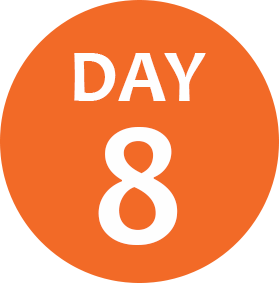
Badami
Following breakfast visit Badami: The rich past of Badami is closely linked with the ancient Kingdom of Chalukyas. It was founded in the 6th century ad by Pulekeshin I, the great Chalukya ruler, and was the capital city of the Chalukyas from A.D. 540 until A.D. 757. A number of temples and monuments belonging to the Chalukya period can be found in and around Badami. The Rashtrakutas overthrew Badami, and, after its fall, it witnessed anarchy and strife and was successively overrun by a number of rulers. It was also ruled by the Chalukyas of Kalyan (a separate branch of Chalukyas), the Kalachuryas, Yadavas of Devangiri and the Vijaynagar Empire. In the latter medieval period, Adil Shahi rulers of Bijapur and the Marathas ruled it. Badami was finally taken over by the British, who made it a part of the erstwhile Bombay Presidency.
Overnight at hotel

Badami / Goa 242Kms /6hrs approx
Following breakfast drive to Goa
Upon arrival, check in to your hotel.
Overnight at hotel
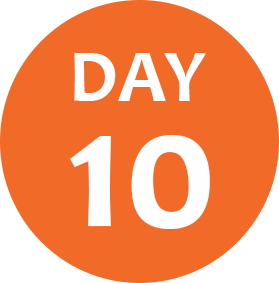
Goa
Following breakfast, visit Old Goa: Panaji is the capital of Goa. Church of St Francis is perhaps one of the most magnificent buildings in Old Goa. It contains glided and carved woodwork and old murals depicting scenes from the life of St. Francis. The convent at all the back of the Church has been converted into an archaeological museum. The domeless Jama Masjid lies near the square. The Hindu Mahalxmi Temple, which is now hidden behind a new building, is by the Bocade V aca ( cow’s mouth ) spring, further up these places are situated.
Afternoon, free for beach activities.
Overnight at hotel
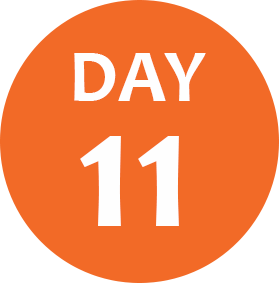
Goa
Full day free for beach activities.
Overnight at hotel
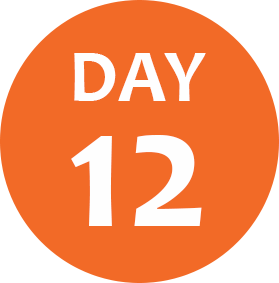
Goa
Full day free for beach activities.
Overnight at hotel
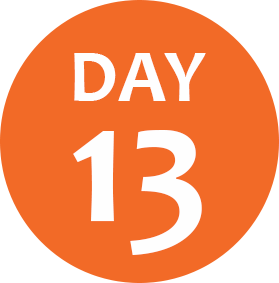
Goa
Full day free for beach activities.
Overnight at hotel

Goa / Mumbai (Flight) Depart Mumbai
Morning free. (Check Out 1200 Noon)
Later, transfer to airport for your flight to Mumbai
Upon arrival, transfer to international airport for your flight back home.




